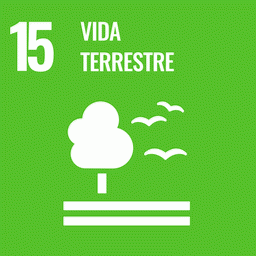Post-fire response by vegetation may reflect the severity of the damage suffered, but we still know little about the species-specific nature of responses to fire or their predictors. Here, we evaluated 26 woody species before and after a fire event in an Cerrado sensu stricto area (typical Brazilian savanna-type) in order to evaluate mortality rates and the type of resprouting (epigeal, hypogeal or epigeal + hypogeal). We evaluated the relative importance of stem diameter, height, and bark thickness as predictors of the type of post-fire resprouting, using a sequential logistic regression model (SLRM). Mortality was 4 %, while epigeal resprouting was recorded in 57 % of the individuals, hypogeal resprouting was recorded in 24 %, and epigeal + hypogeal resprouting in 15 %. Our SLRM analysis indicated that bark thickness, followed by stem diameter, were the best predictors of the type of resprouting. There was a greater than 60 % probability that individuals with bark thicker than 1.6 cm resprouted only epigeally. Our results confirm the resistance (low mortality) and resilience (high resprouting capacity) of the woody vegetation of the Cerrado sensu stricto to fire, and that thick bark is an effective protection against fire damage.
Paying to save the rainforests
Reportagem publicada na revista Nature, em inglês, sobre projeto de pagamento por conservação da floresta, o Fundo Amazônia, ao longo da Transamazônica. Jeff Tollefson. Paying to save the rainforests. Revista Nature. Volume 460. 20 de agosto de...
